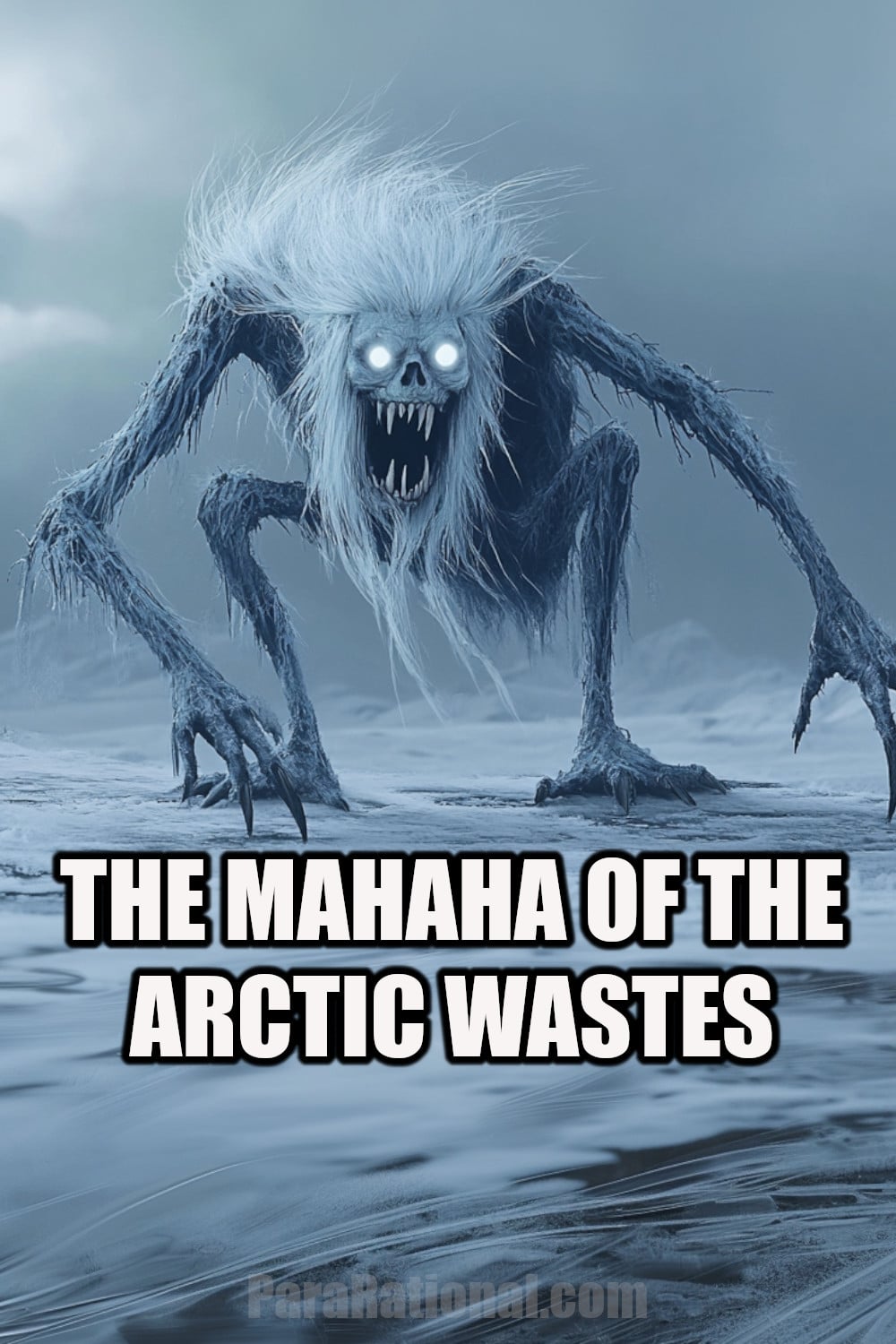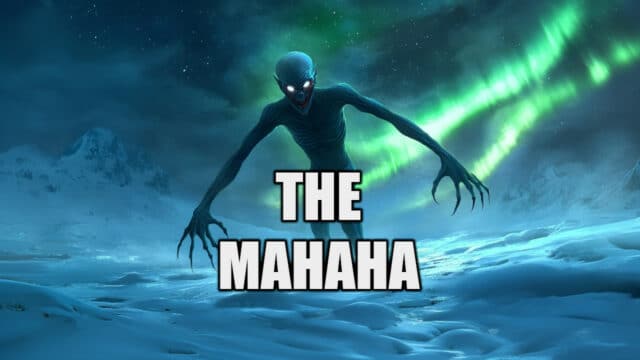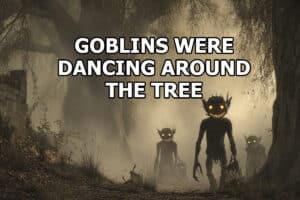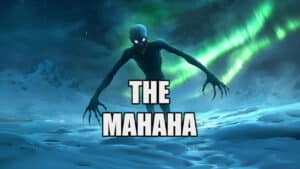
A blizzard howls across the Arctic tundra. An Inuit hunter pauses, his breath clouding in the frigid air. Then, a sound—high-pitched, maniacal laughter—cuts through the storm. He glimpses a gaunt figure with white eyes and long claws. It’s the Mahaha, a demon from Inuit mythology that tickles its victims to death, leaving frozen smiles on their faces.
This creature haunts the stories of Nunavut’s elders, blending terror with Arctic survival lessons. Per Inhabit Media, the Mahaha is no mere fable for some communities—it’s a real threat. This post dives into verified tales, alleged encounters, skeptical perspectives, and the Mahaha’s cultural role, balancing vivid storytelling with factual rigor. Ready to explore the Arctic’s chilling demon?
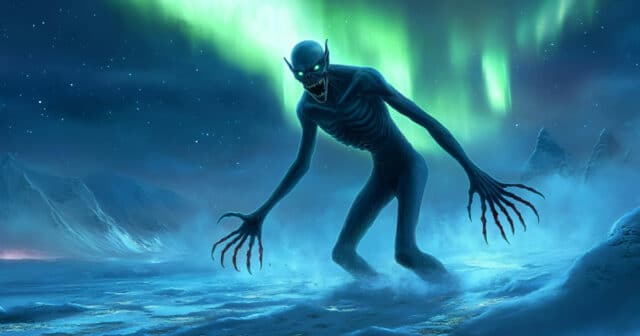
Echoes of the Mahaha’s Laughter
Inuit elders rarely speak of the Mahaha without a shudder. In Repulse Bay, Nunavut, a student’s screenplay captured one elder’s chilling account: “I know someone who was killed by Mahaha. He was found with a creepy smile on his face. There was no other explanation.” The victim, found frozen in the snow, bore the Mahaha’s signature—a grin etched in death. While no specific names or dates anchor this tale, it reflects a deep community belief in the creature’s deadly presence.
Neil Christopher, co-founder of Inhabit Media, spent years collecting stories from Nunavut elders. He found that many spoke of the Mahaha “as an actual being,” not just a myth. Some claimed sightings or knew of victims, though details remain scarce. The oral nature of Inuit storytelling limits firsthand accounts, but these testimonies carry weight in communities where the Mahaha is a feared reality. No physical evidence exists, yet the frozen smiles linger in memory.
Never Miss A Paranormal Story!
Newsletter subscribers get insider access to the latest paranormal posts!
Your email is safe with us and you can unsubscribe at any time!
Tales of the Tickling Demon
The Mahaha is a nightmare made flesh—or ice. Picture a thin, emaciated creature with icy blue skin, stringy hair, and pale, piercing eyes. Its long, sharp claws glint as it giggles, chasing lone wanderers across the tundra. Per Inuit lore, it tickles victims until they collapse, laughing uncontrollably until death claims them. Their faces freeze in a pained, eerie smile.
One traditional story tells of a community plagued by the Mahaha. Locals, desperate to stop its attacks, tricked the creature.
They lured it to a river, coaxing it to bend for a drink. With a swift push, they sent it tumbling into the current. The Mahaha, a poor swimmer, drowned. This tale, shows the creature’s cunning but foolish nature. It also served as a cautionary lesson: never wander alone in the Arctic, where dangers—human or not—lurk.
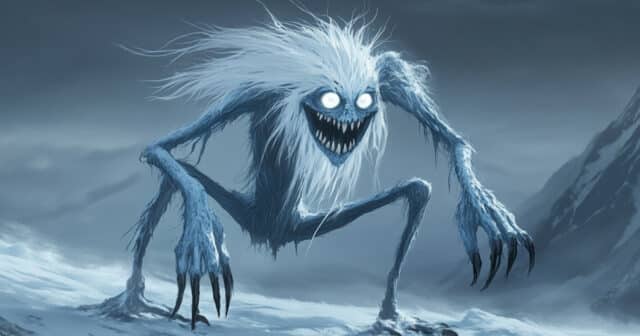
Decoding the Mahaha’s Myth
Researchers like Neil Christopher offer insight into the Mahaha’s place in Inuit culture. Through Inhabit Media, Christopher worked with elders to preserve oral traditions. He found the Mahaha’s description—icy skin, white eyes, tickling attacks—consistent across Nunavut communities. This uniformity suggests a deep cultural root, not a fleeting tale. The Qikiqtani Inuit Association also supports efforts to document these stories, ensuring they endure for future generations.
No bones or tracks of the Mahaha have been found. Yet, its absence of physical evidence doesn’t diminish its impact. Elders’ belief in the creature as a real entity underscores its role in Inuit life. The Mahaha isn’t just a story—it’s a warning woven into the Arctic’s harsh landscape. Limited records exist, but the creature’s vivid imagery and consistent lore point to a powerful cultural truth.
Hypothermia or Demon?
Could the Mahaha be more than a myth? Skeptics offer a grounded explanation. The “frozen smile” on victims’ faces mirrors symptoms of hypothermia, where extreme cold causes facial muscles to contract into a grimace. Per experts, the Mahaha may symbolize the Arctic’s deadly chill, a tale to keep communities together and safe. Wandering alone risked death, and the Mahaha’s story reinforced group survival.
Still, elders’ conviction challenges this view. Many insist the Mahaha is no metaphor but a real spirit of the tundra. This tension—between science and belief—keeps the Mahaha’s mystery alive. The hypothermia theory explains the smile, but what of the laughter? The Arctic holds secrets science can’t fully unravel.
You Might Also Like:
The Mahaha in Inuit Culture
The Mahaha isn’t alone in Inuit mythology. It shares the stage with creatures like Qalupalik, a child-snatching sea spirit, and Sedna, the sea goddess. These beings embody the Arctic’s power and peril. The Mahaha, with its solitary nature, stands out as a demon of isolation, punishing those who stray from community. Its tales reinforce Inuit values: respect nature, stay together, survive.
Today, the Mahaha lives on through modern retellings. Inhabit Media’s books, inspired by artists like Jason Kalluk, bring its chilling image to new audiences. Horror novels and animated films have also embraced the creature, blending traditional elements with contemporary flair. Its cultural impact endures, from elder storytelling to global media, proving the Mahaha’s timeless grip on imagination.
A Chilling Legacy
The Mahaha remains an enigma, its laughter echoing in Inuit lore. No verified sightings confirm its existence, yet its stories carry undeniable weight. As a cautionary tale, it warns of the Arctic’s dangers. As a cultural icon, it binds communities through shared heritage. Whether demon or symbol, the Mahaha captivates, blending terror with survival wisdom.
Have you heard a Mahaha-like tale in your culture?
Stories of strange creatures often reveal deeper truths. Share yours with us. Seen something unexplained? Email Reports@ParaRational.com. The Arctic is vast, and who knows—maybe the Mahaha’s giggle will echo again.
